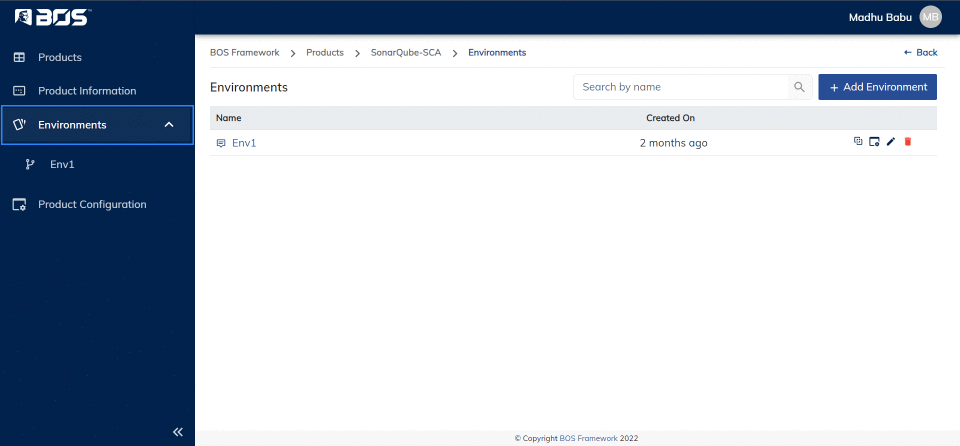Introduction
Overview
Environment refers to the infrastructure, configuration, and settings in which an application or system operates. It encompasses everything necessary to support the development, testing, deployment, and ongoing operation of software.
Environment is designed to achieve the following objectives:
Accelerated Software Delivery: Streamlining and automating the software development and delivery process to increase the speed of releasing new features, enhancements, and bug fixes.
Continuous Integration/Continuous Deployment (CI/CD): Implementing CI/CD pipelines to automate the building, testing, and deployment of applications, ensuring a reliable and efficient release process.
Improved Collaboration: Facilitating better communication and collaboration between development, operations, and other stakeholders to enhance the overall efficiency of the software delivery lifecycle.
Enhanced Reliability and Stability: Implementing monitoring, logging, and automated testing practices to ensure the reliability and stability of applications in production environments.
Scalability and Flexibility: Creating an environment that can easily scale to meet the demands of varying workloads and adapting to changes in requirements with minimal disruption.
Key Components
Environment comprises the following key components:
Source Code Provider: Using a source code provider (e.g. GitHub, GitLab etc) to manage and track changes to the source code, enabling collaboration among developers and providing version history.
Continuous Integration/Continuous Deployment (CI/CD) Pipeline: Implementing CI/CD pipelines to automate the process of building, testing, and deploying code changes, ensuring a rapid and reliable release cycle.
Infrastructure as Code (IaC): Managing and provisioning infrastructure using code, enabling consistent and repeatable infrastructure deployment.
Logging Tools: Employing monitoring tools to track the performance and health of applications and utilizing logging tools to capture and analyse log data for troubleshooting.
Collaboration and Communication Tools: Utilizing collaboration tools (e.g., Slack) and documentation platforms (e.g., Confluence) to enhance communication and documentation among team members.
Security Measures: Implementing security practices, including access controls, encryption, and regular security audits, to protect the integrity and confidentiality of the software and infrastructure.
Containerization and Orchestration: Using containerization tools and orchestration systems (e.g., Kubernetes) to package, deploy, and manage applications in a scalable and efficient manner.
Configuration Management: Employing configuration management tools to automate the configuration and management of infrastructure and ensure consistency across environments.
Workflow Diagram


Navigation
